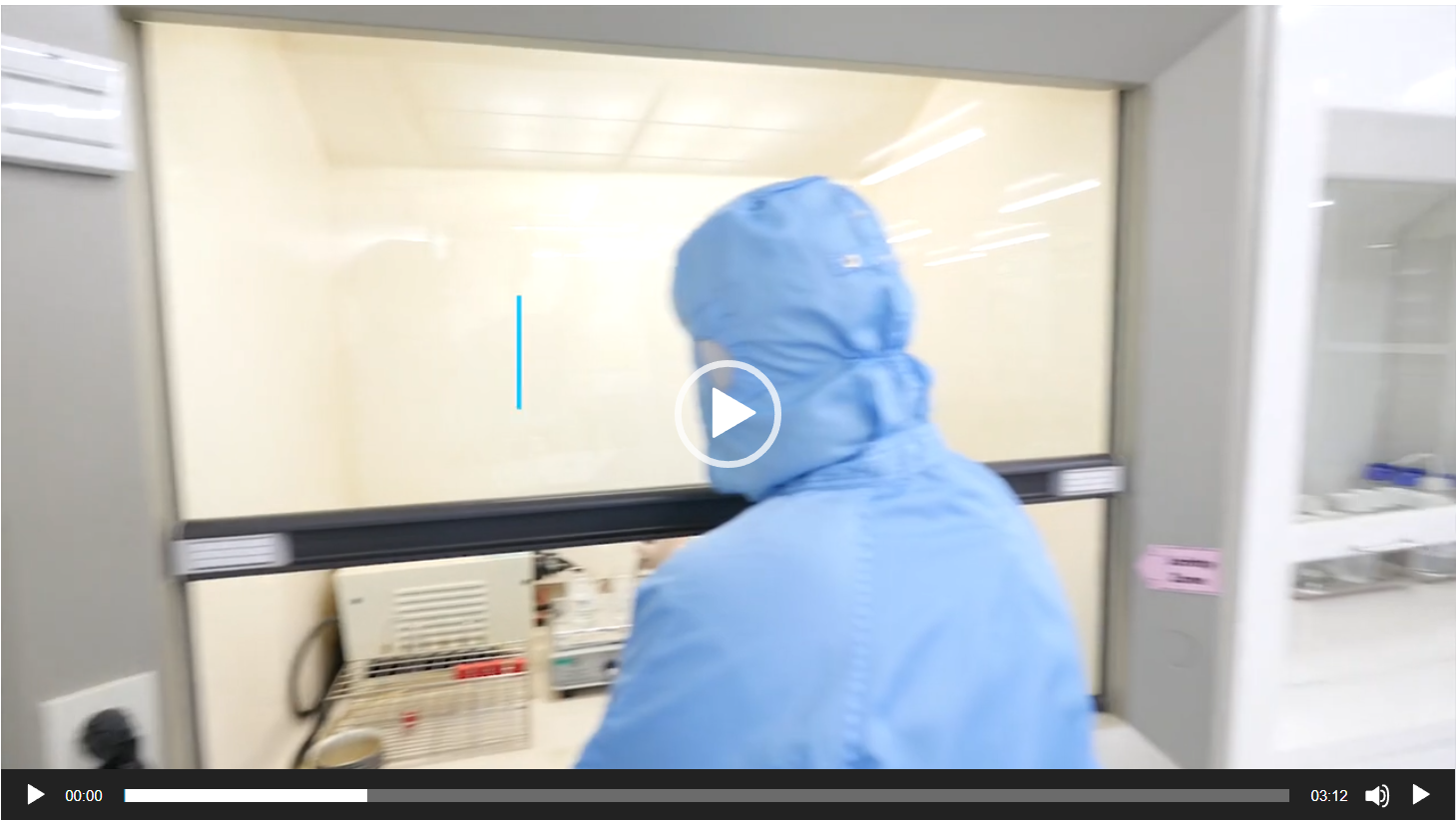Blog
Solving the Particle Puzzle in Sub-7nm Fabs: How PolyCHECK Helps Metrology Teams Trace the Source
Solving the Particle Puzzle in Sub-7nm Fabs: How PolyCHECK Helps Metrology Teams Trace the Source
Date: 04/25/2025 By: 59Clean

As device geometries shrink below 7nm, the number of in-line metrology steps per wafer has dramatically increased, introducing more frequent tool contact and more opportunities for particle contamination. Every unidentified particle excursion risks false defect calls, wafer loss, and unplanned PMs for metrology teams tasked with maintaining precision and tool uptime.
While traditional surface sampling tools like SEM stubs and tape lifts can help detect contamination, they often fall short when collecting enough sample material or identifying the particle’s origin—especially when the contamination is organic in nature.
That’s why leading sub-7nm fabs are turning to PolyCHECK™ particle identification process.

A Better Way to Capture and Identify Contamination
Unlike conventional methods, PolyCHECK uses statically charged black polyester wipers and swabs engineered to capture large volumes of particles from critical tool surfaces. These include:
- Chamber sidewalls and ceilings
- End effectors and transfer arms
- Robots and slit valves
- Chuck surfaces and aligners
The electrostatic attraction, combined with the ultra-smooth surface of the black wiper, ensures that even stubbornly adhered or transparent organic particles are captured—enabling a far more complete contamination profile than SEM stubs or tapes can provide.
Backed by a Library of Over 500 Particle Investigations
Once samples are collected, Foamtec’s analytical lab uses optical, SEM EDX, and FTIR methods to compare the captured contamination against a comprehensive particle reference library, developed through over 500 particle troubleshooting cases across leading logic, foundry, and memory fabs.
This deep database includes a wide range of organic contaminants, such as:
- Silicones(PDMS)
- Residues from fab wipes, gloves, and garments
- process residue and by-product
- Out-of-spec packaging materials
- Cleaning chemical residues
This has given metrology engineers a powerful tool to precisely identify the root sources of organic contamination—even when the source lies upstream in another module or tool group.

Real-World Impact: Less Guesswork, Fewer Unscheduled PMs
In sub-7nm fabs, where wafer value and tool uptime are everything, PolyCHECK has helped metrology teams:
- Trace particle cross-contamination back to upstream etch or deposition tools
- Eliminate recurring scratch defects caused by polyester fibers and organic films
- Identify cleaning materials and maintenance practices introducing organic contamination
- Reduce unscheduled PMs by stopping contamination at the actual source—not just cleaning the metrology module repeatedly
In one example, a metrology team was plagued by unscheduled PMs due to PC failures. Traditional SEM-based sampling revealed nothing conclusive. PolyCHECK identified that fab wipers used for chamber wipe-downs—an insight that led to material changes across multiple departments, were shedding polyester fibers, resulting in measurable uptime gains and fewer post-PM defect alerts.
The Bottom Line
PolyCHECK is not just a particle collection tool—it’s a contamination tracing system purpose-built for today’s advanced fabs. It gives metrology engineers the clarity they need to defend their tools, reduce downtime, and maintain high fidelity in defect data.
PolyCHECK® Product Info: https://www.59clean.com.tw/en/html/product/show.php?pid=274&cid=93&cid2=90
Original Link: https://www.foamtecintlwcc.com/solving-the-particle-puzzle-in-sub-7nm-fabs-how-polycheck-helps-metrology-teams-trace-the-source/
